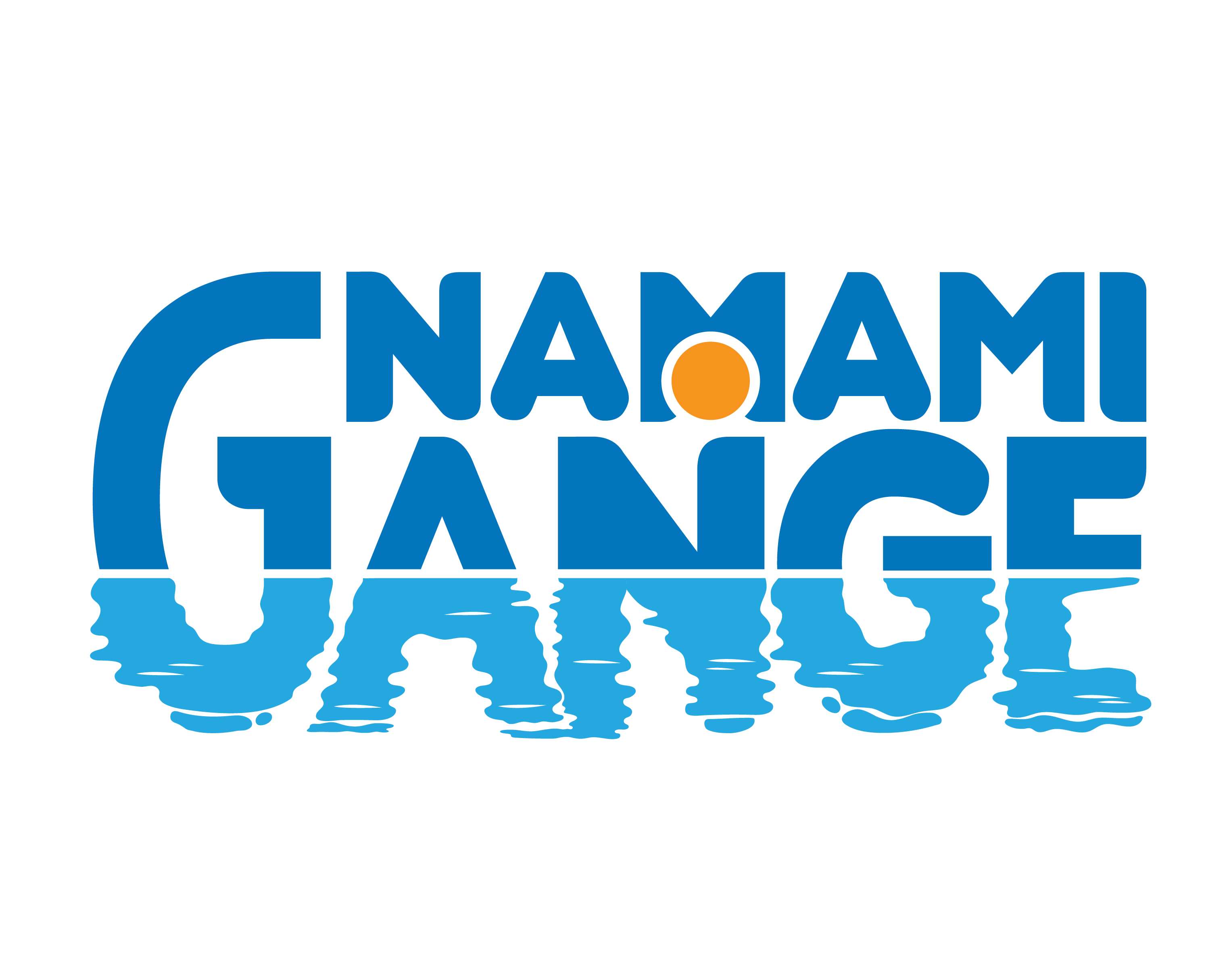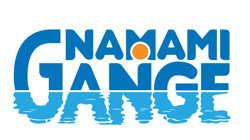The National Institute of Urban Affairs (NIUA, www.niua.org) is a premier institute for research, capacity building and dissemination of knowledge for the urban sector in India. It is widely considered as the think tank for India’s Ministry of Housing and Urban Affairs, and has been closely involved in the various urban missions launched by the Ministry. In recent years, much of its focus has been on advocating environmentally friendly urban solutions in India.
Connect With Us
Please feel free to connect with us via phone or e-mail. For regular updates on our work, follow us on twitter.

National Institute of Urban Affairs (NIUA)
Ministry of Housing and Urban Affairs,
Government of India
Core 4B- 1st Floor, India Habitat Centre (IHC),
Lodhi Road, New Delhi – 110003
011 2464 3284 (ext 229)
niua.nmcg@gmail.com
@NIUA_India
www.niua.org

National Mission for Clean Ganga (NMCG)
Ministry of Jal Shakti (Department of Water
Resources, River Development & Ganga
Rejuvenation), Government of India
1st Floor, Major Dhyan Chand National Stadium
India Gate, New Delhi – 110002
011 23072900 (ext 901)
admin.nmcg@nic.in
@cleanganganmcg
www.nmcg.nic.in
FAQs
The National Mission for Clean Ganga (NMCG) and the National Institute of Urban Affairs (NIUA) is implementing a project ‘Addressing Urban Drivers of River Health in Ganga Basin’. The main objective of the project is to create an environment for river-sensitive development in the cities of the Ganga River basin.
The project targets three unique (but interrelated) elements of river management within the urban context. The first is related to mainstreaming sustainable river health management into a city’s larger long-term vision. The second is associated with developing a dedicated river-specific management plan for a city. The third is to build capacities of multiple levels of stakeholders on aspects relating to the first two elements, as well as other pertinent matters related to river health management.
Holistic river management is an emerging area of emphasis across the globe. Despite a lot of work by various national and international agencies, gaps still remain. You can definitely share research, experiential, technical or any other relevant expertise to plug these gaps. You may get in touch with us over e-mail with specific queries regarding association
‘Namami Gange’, a flagship program under the NMCG, was launched in June 2015 with the aim of integrating previous and currently ongoing initiatives in holistic manner with a basin approach. It includes diverse set of interventions such as pollution abatement measures to tackle different sources of pollution such as municipal sewage, industrial effluents, municipal solid waste, non-point sources of pollution and interventions for improving ecological flows, biodiversity conservation, afforestation, improving amenities and sanitation at river banks, capacity building, research monitoring, public awareness. The program now is not limited to works program or engineering solutions but is broad based with several nature based activities and solutions to improve ecology,low and people river connect. With certainty of availability of finance with a dedicated budget of Rs. 20,000 Crore for a period of 5 years, program got scaled up as well as diverse. Learning from the past, need for integrating/ converging various schemes of the Government relevant for Ganga Rejuvenation had been felt in order to enhance the size & scope of interventions under overall framework of Ganga River Basin Management Plan for the integrated Namami Gange Mission. The Ganga River Basin Management Plan, a comprehensive document prepared by 7 IITs provides the roadmap for Ganga rejuvenation. It focusses on ‘Nirmalta - unpolluted flow’, ‘Aviralta – maintain minimum environmental flow’, and to treat river as Geological and Ecological Entity.
In December 2017, the National Mission for Clean Ganga (NMCG) released the “Vision Ganga” document that describes the overarching framework and approach of the Mission in restoring the wholesomeness of the Ganga River, through (a) Aviral dhara (uninterrupted flow), (b) Nirmal dhara (unpolluted flow), (c) Geologic entity, and (d) Ecological entity. The document indicates that one of the key objectives of the Ganga River Management plan is to ensure that “all existing, ongoing and planned anthropogenic activities in the basin shall be reviewed or scrutinised in a transparent, inclusive manner (with consensus of all affected people and stakeholders) for the overall health of the basin”. Much of the current undesirable state of the River Ganga can be attributed to these disruptive anthropogenic activities, which somehow are more prevalent in urban areas (cities). Therefore, any improvement in the river health cannot be achieved without first addressing the issues and drivers in urban areas. Cities in the Ganga River Basin, hence, will have a central role to play in the rejuvenation and replenishment of the River Basin.
In the Ganga basin, the focus of river management has largely been on preventing pollution. However, controlling pollution is only part of the solution. Holistic urban river management must account for a number of other relevant aspects like increasing the connect between the river and its residents; making the river economically attractive; protecting associated water bodies and wetlands; and others. The URMP is an instrument to help manage all these aspects collectively and holistically. The Urban River Management Plan (URMP) framework, for a river-centric development, holistically accounts for the various ‘environment’, ‘economics’ and ‘social’ aspects that are relevant for urban rivers. The URMP is first of its kind in India, and is being piloted in the city of Kanpur. It is expected that the URMP framework shall be used by the 97 cities in the Ganga basin to develop their own detailed city-specific plans.
Cities that have rivers flowing through them are very fortunate. The URMP is essentially to enhance the outlook of such cities. Every activity carried out under the URMP will only benefit the citizens and ultimately lead to improved quality of life. Protection of rivers is also mandated by law (e.g.) Article 51 (A) of the Indian Constitution; 12 th Schedule of the 74 th Constitutional Amendment 1992). Hence, implementing the URMP is also in line with constitutional duties.
One of the project thrust areas focusses on building capacities of multiple levels of stakeholders on aspects relating to river health management. The project targets three specific capacity-building modules:
- Sensitization programme on Urban River Management Plan framework
- Training programme on Technology and Policy Perspective Framework for Wastewater
Management in the Ganga River Basin Towns - Training Programme on Instruments for Urban River Management
The details of all project related activities are regularly posted on the project website and twitter.
For updates and feeds, please follow our twitter handle @.......


